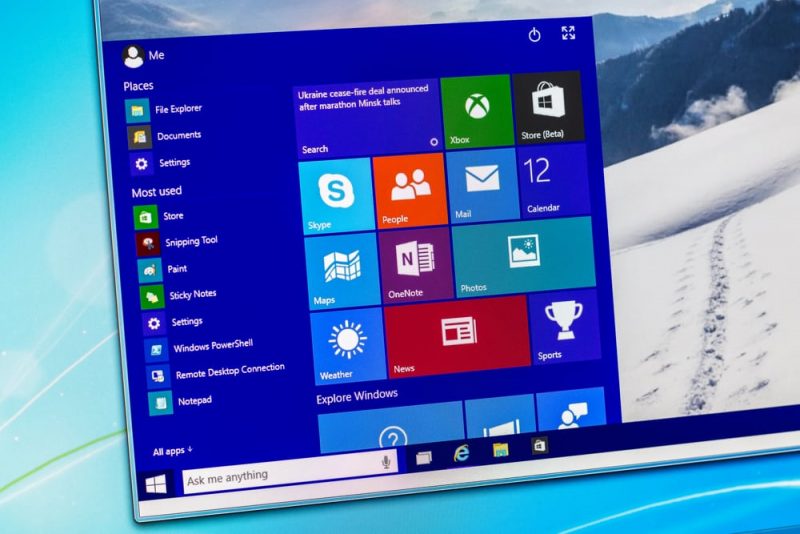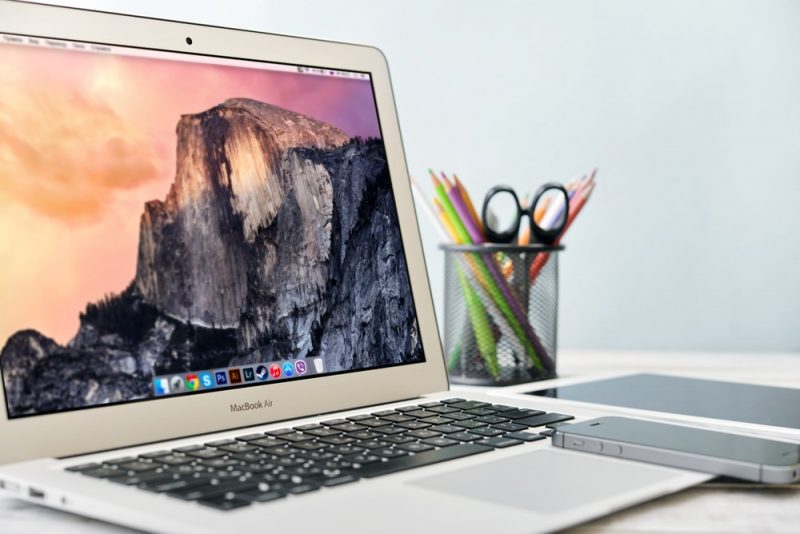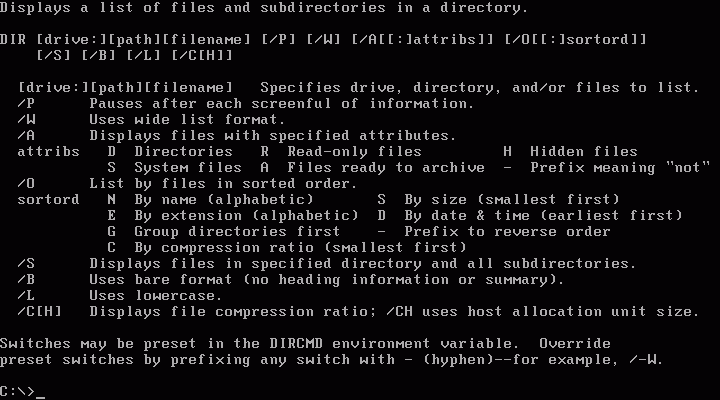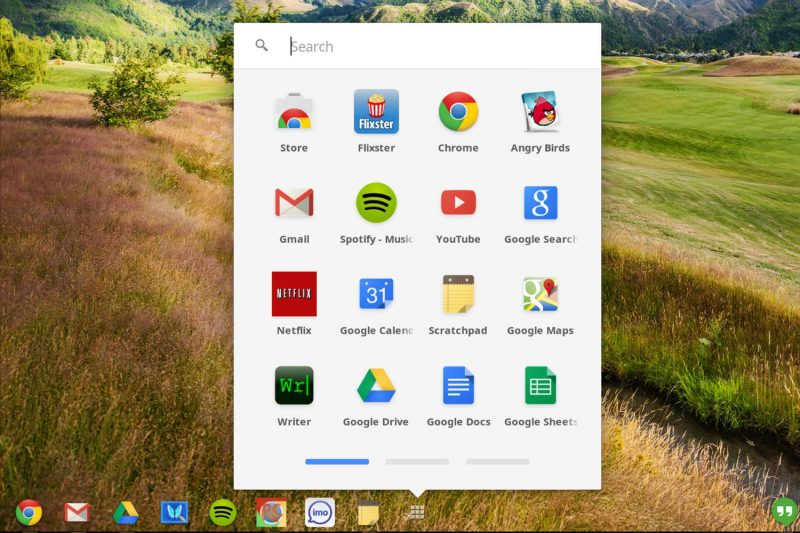A Operating System (OS) is a program or set of programs of a computer system, which manages physical resources (hardware), the execution protocols of the rest of the content (software), as well as the user interface. For instance: Ubuntu, MacOS, Windows, Haiku.
Operating systems (sometimes called cores or kernels) are executed in a privileged way compared to the rest of the software, are the cornerstone of team’s functioning, its basic operating protocol that allows the activation of different types of applications by the user.
These systems are found in many of the electronic devices that we use every day, whether through graphical user interfaces, desktop environments, window managers or command lines, depending on the nature of the appliance.
Types of Operating Systems
Operating Systems can be classified according to various criteria:
- Based on your task management criteria. There are single-task Operating Systems, which allow the execution of a single program at a time (except the processes of the OS itself), until its termination or interruption; and those multitaskers that manage CPU resources to allow a certain sense of simultaneity.
- According to your user management criteria. Similarly, there are single-user OS, which limit the execution to the programs of one user, and multi-users that allow the simultaneous execution of programs of different users.
- According to your resource management. There are centralized OSs, which limit their area of influence to a single computer or system; and others distributed, that allow to handle numerous teams at the same time.
Examples of Operating Systems
- Microsoft Windows. Without doubt the most popular of the OS, although it really is a set of distributions (an operating environment) built to provide older Operating Systems (such as MS-DOS) with a supporting graphical interface and a set of software tools. Its first version appeared in 1985 And since then it has not stopped updating in more powerful and diverse versions, as Microsoft, its mother company, prevails in the market of digital technologies.

- GNU / Linux. This term refers to the combined use of the kernel free from the Unix family called “Linux”, along with the GNU distribution, also free. The result is one of the main protagonists in the development of free software, whose source code can be freely used, modified and redistributed.
- UNIX. This portable, multi-tasking, multi-user operating system was developed early in 1969, and over the years its rights to copyright they have passed from one company to another. In reality it is a family of similar OS, many of which have become commercial and others are free format, all from the Linux kernel.
- Fedora. It is essentially a general-purpose Linux distribution, which emerged after the discontinuation of Red Hat Linux, with which he is closely linked but which emerged as a community project. It is another indispensable name when it comes to talking about free software and open source, in its three main versions: Workstation, Cloud and Server.
- Ubuntu. Based on GNU / Linux, this free and open source Operating System takes its name from the South African philosophy focused on the loyalty of man to the rest of the species. In this sense, Ubuntu is oriented towards ease and freedom of use, although Canonical, the British company that owns its rights, subsists on the basis of technical services linked to the program.
- MacOS. The Machintosh operating system, also known as OSX or Mac OS X, whose environment is based on Unix and has been developed and sold as part of Apple-brand computers since 2002. Part of this family of software was released by Apple as an open and free source operating system called Darwin, to which they later added components such as Aqua and the Finder, to obtain the interface on which Mac OS X, its most recent version, is based.

- Solaris. Another Unix-like Operating System, created in 1992 by Sun Microsystems and used today for SPARC system architectures (Scalable Processor Architecture) and x86, common on servers and workstations. It is an officially certified version of Unix whose released version is called OpenSolaris.
- Haiku. Open source operating system focused on the personal aspects of computing and multimedia, inspired by the BeOS (Be Operating System), with which it is compatible. Its great peculiarity lies in the possibility of generating the own distributions of each user. It is currently under development.
- BeOS. Developed in 1990 by Be Incorporated, it is a PC Operating System aimed at maximizing multimedia performance. It has been said that it was based on Unix, due to the inclusion of the Bash command interface, but it is not: BeOs has an original modular microkernel, highly optimized for handling audio, video and animated graphics. Also, unlike Unix, it is single-user.
- MS-DOS. Acronyms for MicroSoft Disk Operating System (MicroSoft Disk Operating System), was one of the most popular Operating Systems for IBM personal computers in the 1980s through the mid-1990s. It operated based on a series of internal and external commands, in a monochrome interface of lines. very characteristic command line.

- Plan 9 from Bell Labs. Or simply “Plan 9”, takes its name from the famous Sci-fi movie series B Plan 9 from outer Space by Ed Wood. It was developed to succeed Unix as a distributed Operating System, used in research, and known for representing all of its interfaces as a file system.
- HP-UX. It is a version of Unix developed by the famous technology company Hewlett Packard since 1983, taking advantage of its notorious stability, flexibility, power and its range of applications, common to most commercial versions of Unix. It is a system that has emphasized security and data protection, perhaps due to its many industrial applications.
- Wave OS. Free and open source operating system for desktop computers, it is a totally independent project of software companies, which aspires to be a light, simple and fast OS whose applications and characteristics are understandable by less expert users. Without being tied to old technologies, it is compatible with GNU / Linux and is currently under development.
- Chrome OS. Currently in the project stage, the Operating System of the Google company is assumed, based on the web and on an open source Linux kernel, initially oriented to mini-laptops with ARM or x86 technology processors. This project was announced in 2009, after the explorer Google Chrome and your open source project Chromium OS they will show very positive market results.

- Sabayon Linux. Taken its name from the typical Italian sweet, “zabaione”, This Linux distribution is based on Gentoo Linux, an older version intended for more experienced users. Available for various desktop environments, it is open source and free, aiming at a more complete management of system resources by the user.
- Tuquito. Originally from Argentina, this GNU / Linux distribution uses LiveCD technology, despite its 2 Gigabytes of applications with various packages applied to various areas. It is based on Ubuntu and Debian GNU / Linux, but with a strong local color that begins with its name, which refers to fireflies.
- Android. Based on the Linux kernel, this OS for touchscreen mobile devices (Smartphones, Tablets, etc.) was developed by Android Inc. and later purchased by Google. It is so popular today that sales of Android systems exceed IOS (Macintosh) and Windows Phone together.

- Debian. With Linux kernel and GNU tools, this free OS has been built since 1993 from the collaboration of thousands of users from all over the world, gathered under the banner of the “Debian Project”, away from all kinds of commercialization. software and operate independently.
- Canaima GNU / Linux. Venezuelan version of GNU / Linux, pursuing the use of software for educational and social purposes, free and open source, was presented in 2007 as part of a local educational project.
- BlackBerry OS. The closed source OS installed on BlackBerry brand cell phones, allows the multitasking (multitasking) and supports various input methods, for the various telephony models of the company. Its strengths are as a real-time email and calendar manager.
